Consider the workspace
So I’ve enrolled in a five week on-line course called ‘Design Thinking’ – run by Stanford University. I’ve just submitted my assignments for the 2nd week and thought I’d share some of that here. Specifically this week they have asked us to get all self-reflective about our Mindset, Process and Workspace. It’s this last one that I found really interesting. I was asked to take a photo of my workspace and then nominate one thing to change. Fair enough. I have something of a fetish for physical workspaces, and have actually taken many photos over the years of whatever my desk looked like at a given moment. There is something about a workspace – right in the thick of a project – which I find fascinating. This obviously ties in with interaction – a workspace is a fundamental precept of interaction. 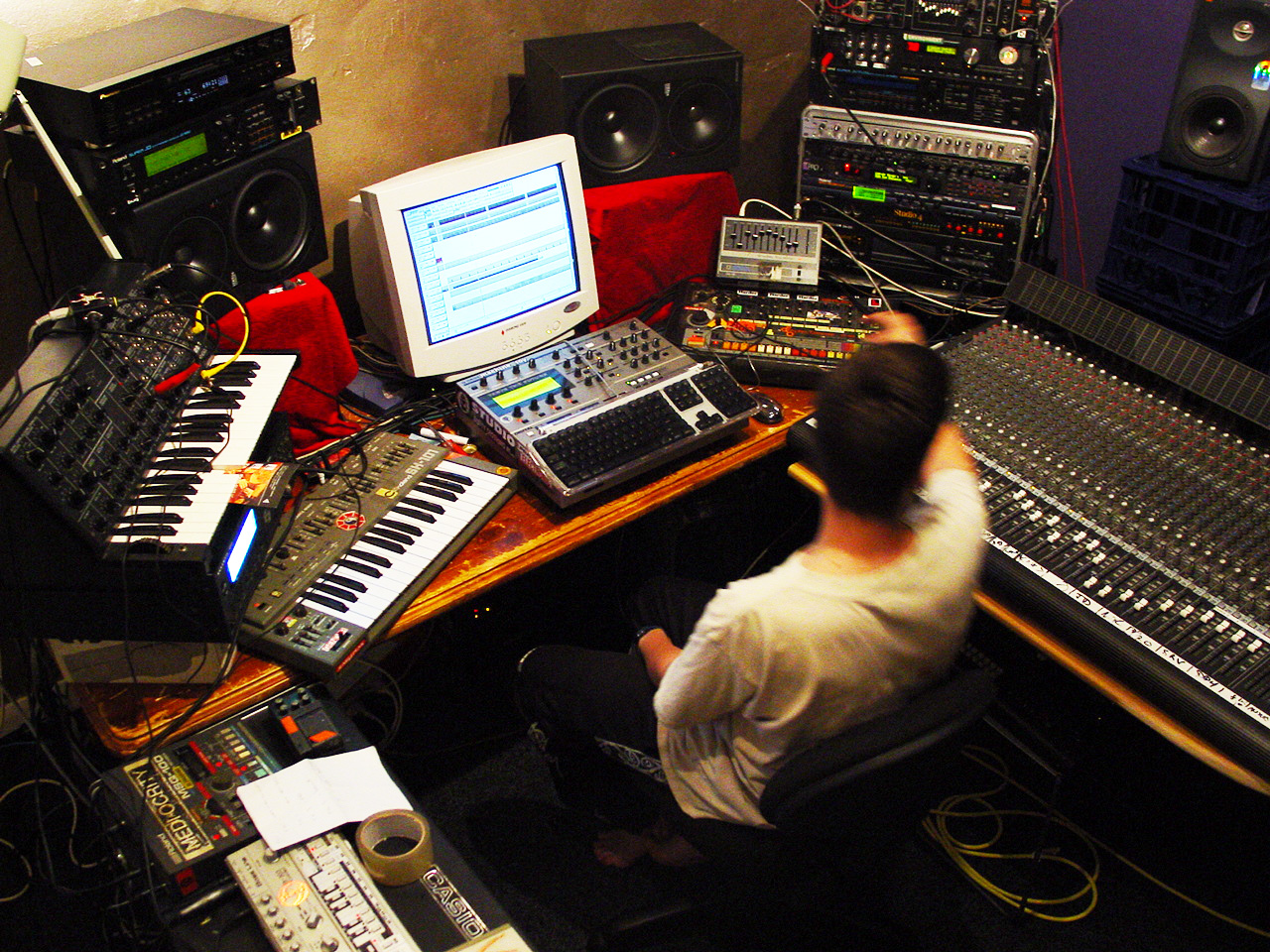 I also remember taking my entire studio apart and putting it back together – a process which could take two whole days of crawling under desks, patching looms of gear together, arranging furniture, testing systems – regularly. And every iteration some new, and previously unconsidered aspect of the workspace would reveal itself as being worse as well as those that drove the redesign being better.
I also remember taking my entire studio apart and putting it back together – a process which could take two whole days of crawling under desks, patching looms of gear together, arranging furniture, testing systems – regularly. And every iteration some new, and previously unconsidered aspect of the workspace would reveal itself as being worse as well as those that drove the redesign being better.
Anyway – in reflecting on this assignment I quickly realized that taking a photo of my desk was really missing the point. I may sit at a piece of wood and type away on a keyboard – but that is not where the work is done. The work is done in two places. In my mind – and within a computer. And these two places share a very share a very special relationship – a kind of conjoint emergent gestalt. And of course – the interesting things happen when these two aspects of the environment diverge. But we won’t get into that right now. Let’s just consider the workspace as a single virtual/cognitive entity right now. In which case – taking a photo of my desk really misses the point. You may see my dirty laptop keyboard, but you won’t see the careful arrangement of hyperlink bins lining the top of my browser window. You’ll miss the functional and projectwise categorization of the folder structure that defines my inner world. You won’t see the list of revisions for documents that detail progress over lengths of time.
So let’s think about physical analogs. Let’s think about a traditional workspaces/workshop and what it would tell you about the activities that went on there.
Firstly – what type of building is the workspace in? Is it a professional looking space with a solid lock and easy loading dock access, or is it a ramshackle old shed out down at the back of the garden. Immediately this tells you something about the scale of activity and the intent involved as well as the interactions with other people and the outside world. In the same way – in a virtual environment – whether the computer is a Mac with a slick, designy desktop and a ergonomic chair or a cobbled together PC with half the guts hanging out running some obscure linux variant and in a room with coke cans and pizza boxes underfoot – again tells you a lot about what kind of practice is likely to happen here.
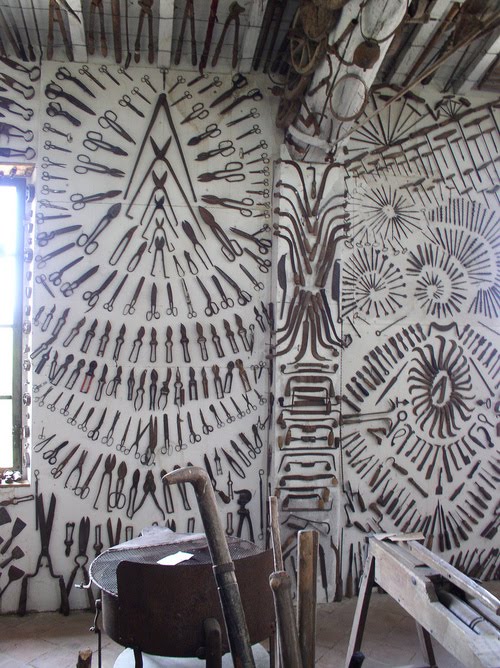 Now let’s walk into this workshop – let’s have a look at the type of tools used. Is there a welder? Woodworking tools? A lathe? A 3d printer? Soldering iron? Each would imply a quite different type of work that is carried out in that space. And I guess the applications I have on my laptop are equivalent. You can tell a lot by seeing – ahah! There’s the adobe creative suite – but not the uber latest version. There’s a bunch of audio applications including some fancy ones that cost money – ah… not just a hobbyist then. But no autocad. No encryption applications, no remote web control devices, no databases.
Now let’s walk into this workshop – let’s have a look at the type of tools used. Is there a welder? Woodworking tools? A lathe? A 3d printer? Soldering iron? Each would imply a quite different type of work that is carried out in that space. And I guess the applications I have on my laptop are equivalent. You can tell a lot by seeing – ahah! There’s the adobe creative suite – but not the uber latest version. There’s a bunch of audio applications including some fancy ones that cost money – ah… not just a hobbyist then. But no autocad. No encryption applications, no remote web control devices, no databases.
So now we want to have a look at the work itself. In this case we would be looking in display cases or opening drawers in the physical studio – but in our virtual workspace we look in folders. Let’s see – are they carefully organized? By Date? By company name? This then tells us more about the nature of the work being done – how disparate it is, how consistent.
Let’s look at a given project. Perhaps the number of revisions – and the dates of each version are equivalent to the pile of wood shavings on the floor under the object. An indication of how much work has gone into the piece.
And then the level of customization of each application – does this tell us about how much a tool used? Is this equivalent to wear and tear on a favourite awl? Or the dust built up on a sander? What is the digital equivalent to the artifacts of frequent use? Automatic backups perhaps? Registry entries? I would say customization. The longer you are with a given application the more you tinker, the more you make it your own, maybe this is equivalent of the light patina from years of sweat and human grease on the handle of a favourite wooden tool.
Anyway. The point I’m making here is that workspaces are not just physical. And sure – physical is important – but looking at the physical environment of a computer workstation really only sees a part of the story of what happens in that space. Below is an image I hacked together that shows some of the main elements of my workspace. I think of most importance is the spatial arrangement of my data in the folder structure on the left of the screen, the open urls and bins of saved hyperlinks in the top of my firefox control-bar, and the sequential arrangement from left to right of my currently open applications/documents along the bottom of the screen. With these three navigational tools – I traverse my world. Without any of these three things – I would be lost.
Then in the physical world – there’s the pile of books to my left – these are mostly library books – kind of ‘currently in play’. To my right are usually scraps of paper and pens for scribbling and doodling (plus my coffee cup and a water bottle) and then straight ahead, over the top of my monitor is a bookshelf – full of the ‘go-to’ reference works. I have deliberately positioned this shelf right there so I can simply refocus my eyes over the top of my monitor to flit across the spines of some of the most important and relevant books to my practice.
And out the window, to the right – is that breath-taking coast line, from Tamarama looking down past Bronte and towards the cliffs at Waverly.
Oh and just for the hell of it – if you’re interested – here is a rather smashing collection of photos of the workspaces of some of the creative giants. Fascinating to see the diversity: http://www.buzzfeed.com/summeranne/40-inspiring-workspaces-of-the-famously-creative

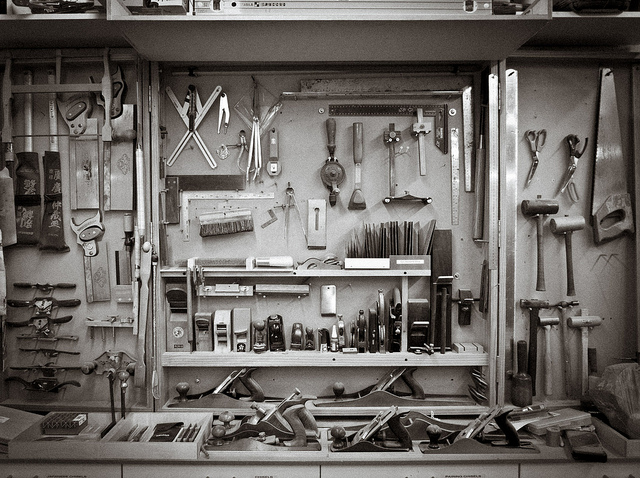
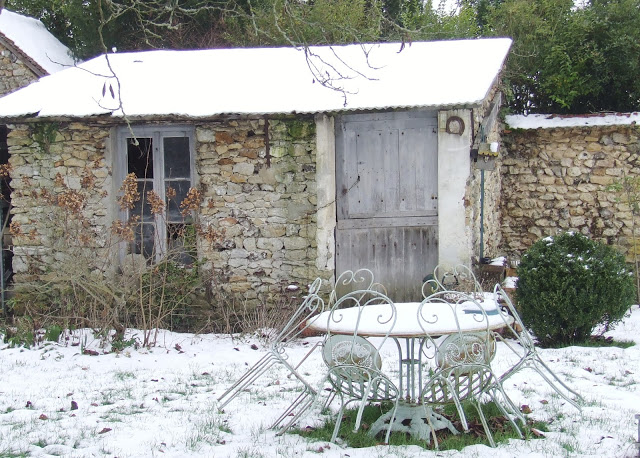
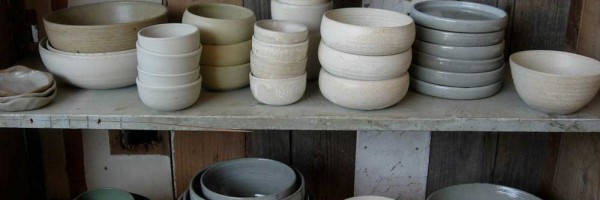
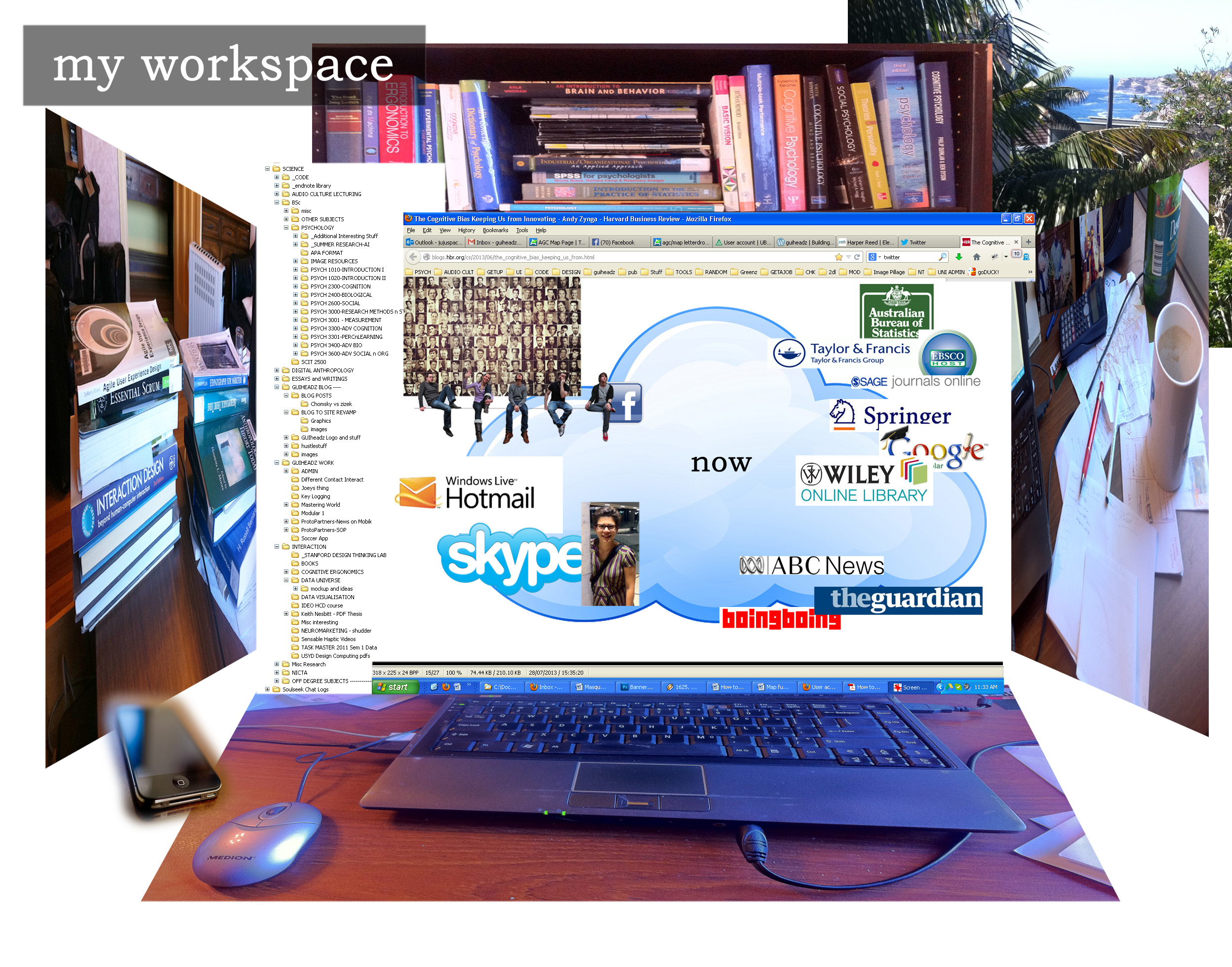
 Address: 11 Silva St, Tamarama, Sydney, Australia
Address: 11 Silva St, Tamarama, Sydney, Australia Phone: +61 2 (0) 404 214 889
Phone: +61 2 (0) 404 214 889 Email:
Email: 
[…] http://guiheadz.com/2013/07/29/consider-the-workspace/ […]
Was it a coursera course from Stanford? And thanks for the post, enjoyed it very much.
Indeed. A 6 week course on Design Thinking.
https://venture-lab.org/designthinking
oh cool, I am planning to do one of those, they look really good